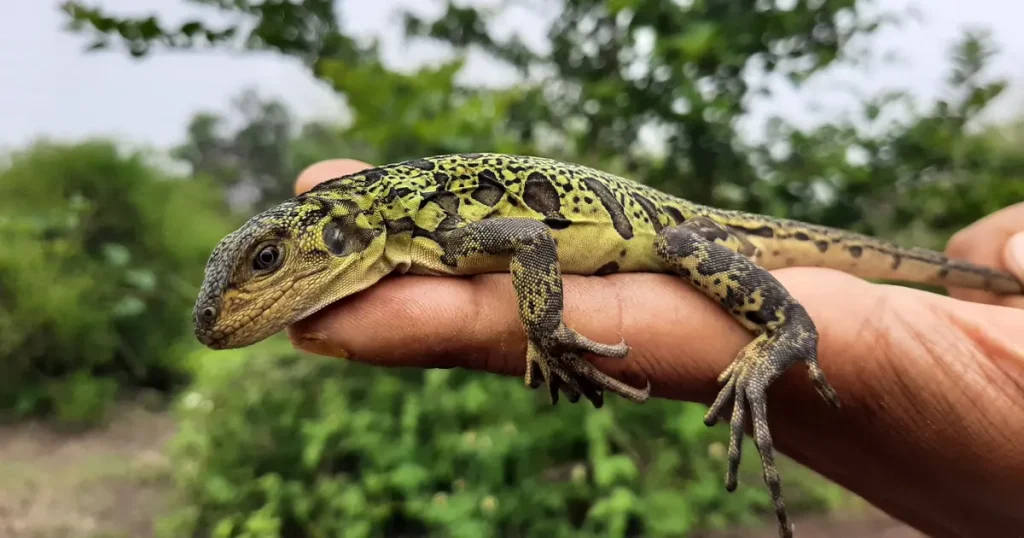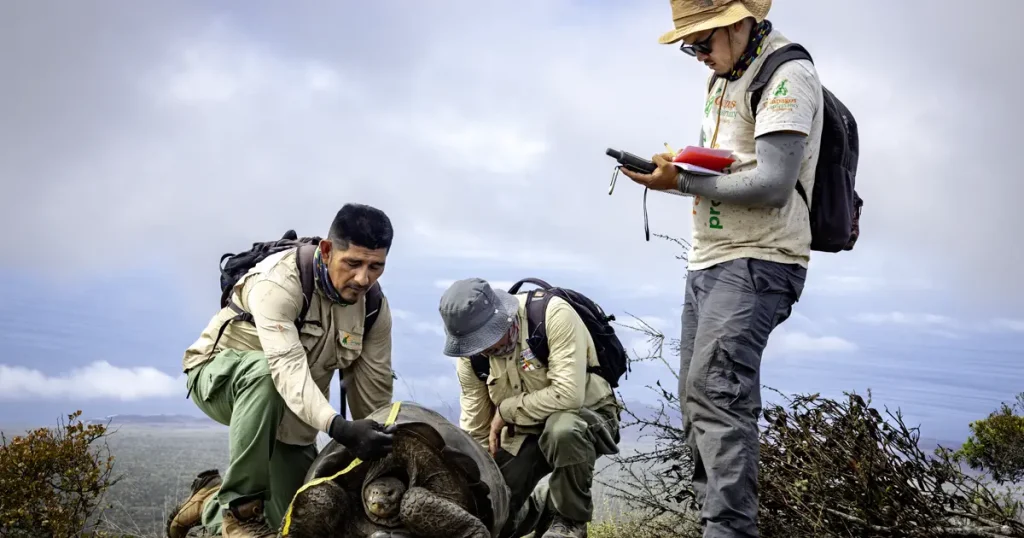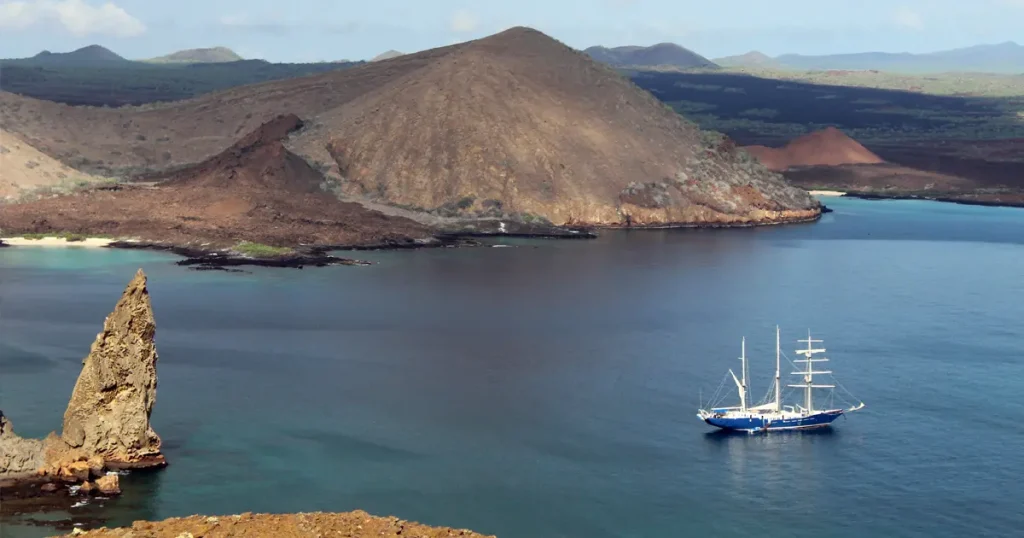Commemorating 193 Years of the Galápagos Islands as Ecuadorian Territory
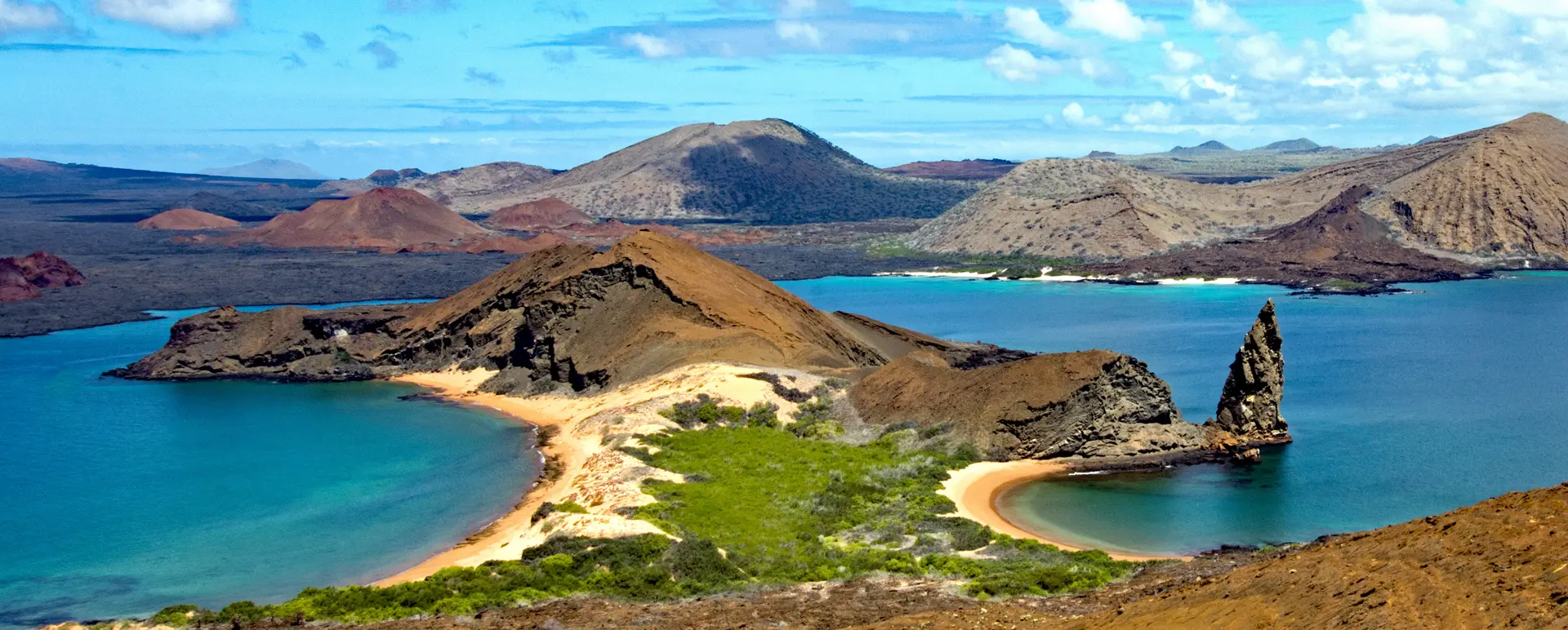
On February 12, 1832, Ecuador officially annexed the Galápagos Islands, ushering in an era that would shape the archipelago’s political, cultural, and ecological history. This pivotal moment in Ecuadorian history marked a political milestone and initiated a long process of protection and conservation of one of the world’s most treasured natural sanctuaries, renowned for its unparalleled biodiversity and global scientific significance.
After gaining independence from Gran Colombia in 1830, Ecuador sought to solidify its territorial sovereignty. General José de Villamil, a distinguished military and political leader, was instrumental in leading the expedition that secured the annexation of the Galápagos Islands to the newly established Republic of Ecuador. His strategic vision and leadership enabled Ecuadorian authorities to recognize and assert control of this extraordinary territory.
It was President Juan José Flores who, upon receiving reports from General Villamil, issued the formal decree on February 12, 1832, that officially integrated the Galápagos Islands into Ecuadorian territory. This act marked the beginning of a historic relationship between Ecuador and this extraordinary archipelago.
Shortly after the annexation, Ecuador established a penal colony on Isabela Island, marking the first organized human settlement in the Galápagos. This settlement, intended for convicts, was part of an effort to populate the islands. Enduring extremely difficult conditions, this human presence laid the groundwork for future settlements and the eventual colonization of the islands and marked the start of a complex interaction between humans and the natural environment of Galápagos.
Over the years, the Galápagos Islands have attracted global interest due to their strategic location and unique wildlife. During World War II, the United States established a military base to protect the eastern Pacific, particularly access to the Panama Canal, underscoring the geopolitical significance of the archipelago, which remains today.
Today, that international connection remains vital, but with a renewed mission: conservation. Through global collaboration, the Galápagos has become a symbol of environmental stewardship, inspiring nations around the world to unite in protecting its unique ecosystems for future generations.
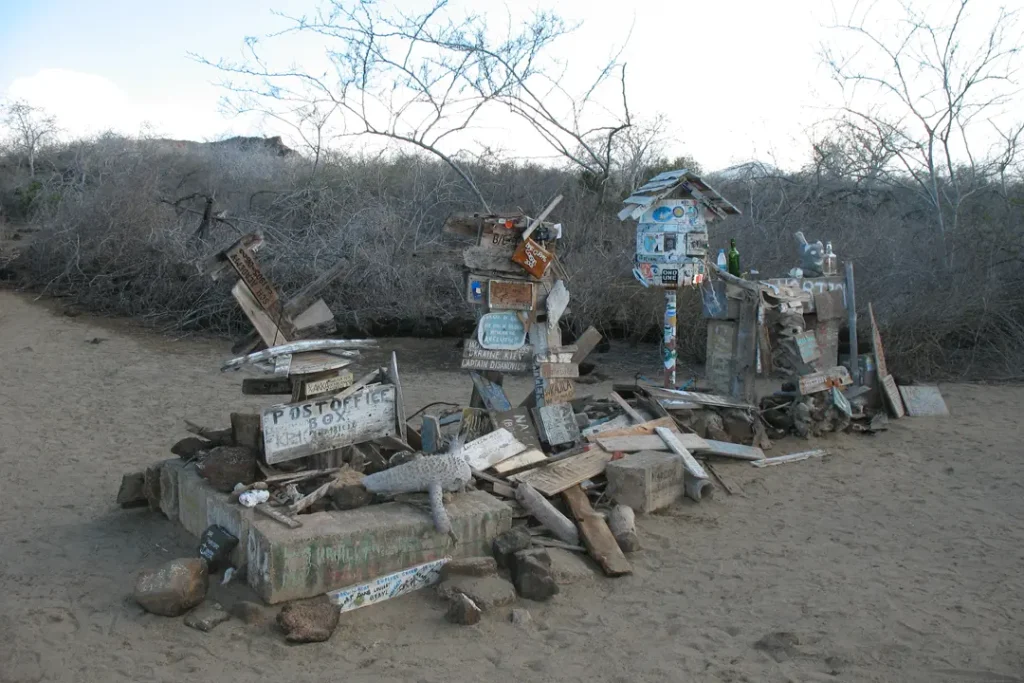
At Galápagos Conservancy, we work tirelessly to ensure that these islands remain a sanctuary for their extraordinary flora and fauna. With the support of dedicated partners and individuals, many of whom are based in the United States, we have made significant strides in ecosystem restoration and the protection of iconic species, such as giant tortoises, sharks within the Galápagos Marine Reserve, and the iconic pink iguana, among others.
The story of the Galápagos is not just about its annexation; it is a testament to a global community committed to its preservation. Once viewed as a desolate and inhospitable land, the islands have evolved into one of the world’s most treasured natural sanctuaries. While challenges like invasive species and climate change persist, hope lies in the dedication of those who, like you, recognize and champion the profound natural legacy of this extraordinary place.
As we commemorate this historic milestone, we reaffirm our unwavering commitment to protecting the Galápagos for future generations. Preserving this unique paradise is not just a local responsibility—it is a shared global mission that unites us all in safeguarding its natural wonders.
Thank you for being part of this story and for supporting the conservation of Galápagos!
To learn more about our work and how you can help protect Galápagos, visit Galápagos Conservancy.
Share:
